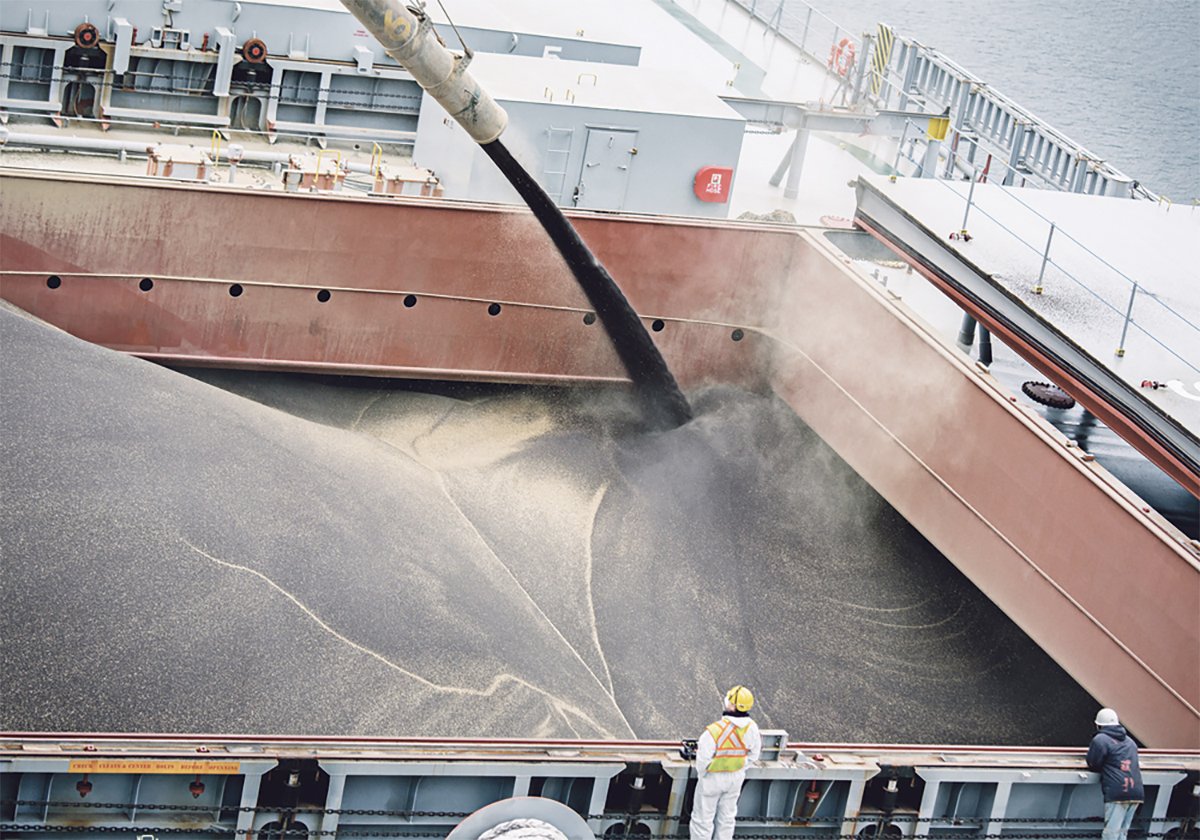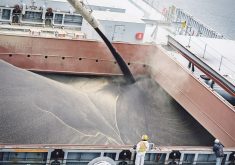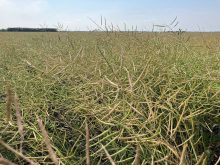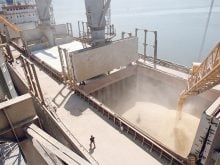LACOMBE, Alta. — Growing winter wheat in central Alberta has its challenges, but it’s a great crop when the agricultural stars align, says producer Craig Shaw.
Shaw started growing winter wheat in 1997 and believes there are plenty of reasons to include it in the rotation.
“There are bigger bonuses that don’t relate to yield and price,” he told farmers during a winter wheat and canola tour.
It’s nice to already have 300 to 400 acres seeded in the spring and to be able to harvest those acres early in the fall.
Read Also

Exports off to a slow start after last year’s torrid pace
Canadian grain, oilseed and pulse exports are off to a slow start, but there are some bright spots, according to the Canadian Grain Commission’s most recent weekly export data report.
“It helps stretch out the work load and gives you a better use of your seeding and harvesting equipment.”
Winter wheat is also a good cash crop. Harvesting in mid-August often allows Shaw to catch the premium feed market and get early fall cash flow without taking up bin space.
“Consistently the best economics are harvest and get her gone.”
Central Alberta is not a common winter wheat growing area, but Shaw said he has had success. Three years ago his crop yielded 100 bushels per acre on 400 acres, but that’s not the norm. Generally central Alberta winter wheat yields about the same as CPS wheat.
The biggest issue with winter wheat is trying to fit it into the crop rotation.
Canola is the best stubble to seed winter wheat into because it is tall and catches snow.
However, the higher yielding canola varieties also tend to be later maturing and are often not harvested by the time winter wheat needs to be seeded: between the end of August and the middle of September in central Alberta.
Shaw has grown winter wheat on barley stubble without much trouble and has occasionally seeded it back onto winter wheat, although then he had to use fungicide.
“Winter wheat is a real rotational challenge.”
He also recommended that producers do everything right the first year to minimize the chance of failure.
Field plots at research stations in Alberta and Saskatchewan are trying to help farmers know the best production practices for their area, said Rick Istead, executive director of the Alberta Winter Wheat Producers Commission.
Researchers are experimenting with rates of fungicide, insecticide and seed treatments and different stubble crops.
Last year’s late harvest reduced winter wheat in Alberta to 160,000 acres from 175,000.
However, in the Peace River area, harvest was early, increasing wheat acres to about 25,000 from 5,000.
















